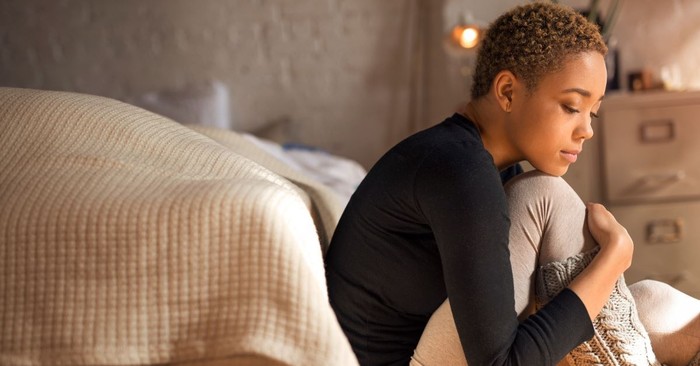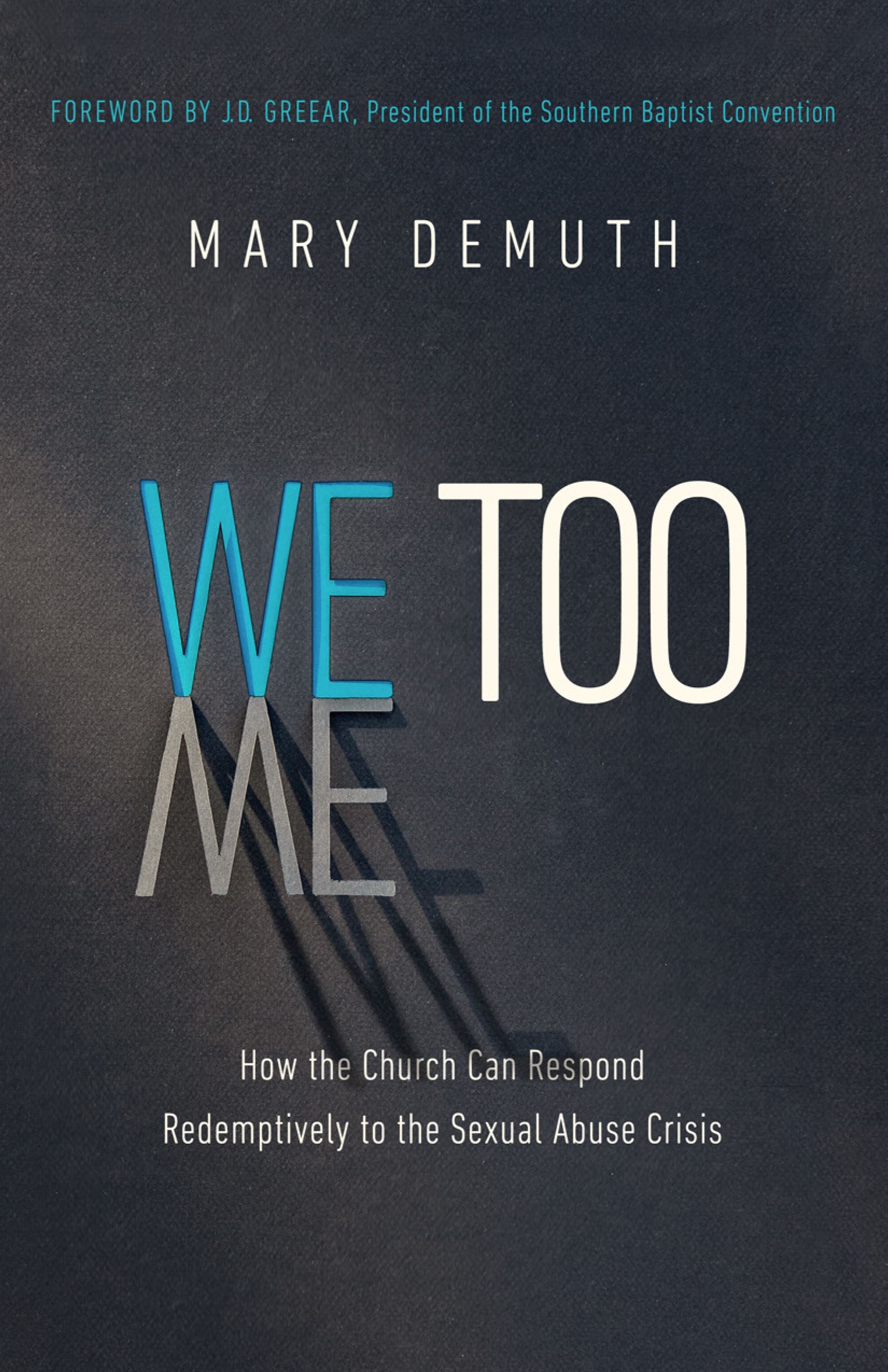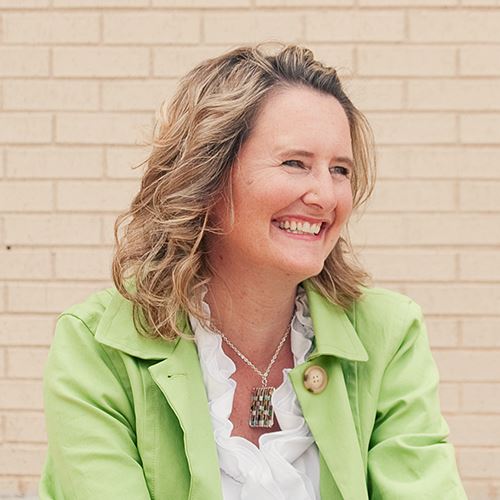
In the aftermath of sexual abuse, we heal better together—in community. The church now stands on the cusp of one of the greatest crises of our time, and how each church responds matters. But how can your particular place of worship become a healing place for those broken by sexual abuse stories? Three ways.
1. Preach the Actual Word (Even the Hardest Passages)

Sadly, churches have preferred to shy away from controversial passages. Church is a “nice” place, after all, a place where we don’t speak of such raw things. The truth? 100% of the members of our churches are affected by sexual abuse, either personally or through someone they know and love. This is a watershed issue, one that must be faced, and the Bible is not silent on it.
2. Develop and Communicate Proactive Policies
If your church does not have child protections policies in place, they must tackle that now. An excellent resource to begin the process is The Child Safeguarding Policy Guide for Churches and Ministries by Basyle Tchividjian and Shira M. Berkovits. This book helps churches and ministries to create their own policies and procedures that fit each unique context. I would caution churches not to cut another church’s policies and paste them into your context willy-nilly. Best practices involve creating a child safeguarding committee who wrestle through their unique demographic to develop standards that your church embraces and owns.
3. Err on the Side of Over-Communication
Some churches have done the hard work of creating policies, but they have failed to clearly communicate them to the congregation. We must err on the side of over-communication:
- Create a white paper on your policies.
- Have your statements about safety and policies up front and center on your website.
- Give your procedures to every staff member and volunteer. And don’t merely do that once. Because of the nature of turnover in church staff and volunteers, we cannot assume new people will automatically know how to protect children. Yearly training is necessary.
4. Develop a Proactive Checklist on How You Will Handle the Unthinkable
Prevention must be a priority, but it is not relegated to simply having cameras in rooms or doing a background check. Many predators have no criminal record. Instead, churches must also do a robust reference check, digging two or three layers deep. And they must have a plan in place if the unthinkable happens.
Churches must have a proactive checklist of exactly how they will handle a disclosure within their congregation. Typically this involves:
- Reporting to the authorities, allowing them to investigate.
- Releasing the employee or volunteer.
- Informing the congregation immediately.
- Welcoming the press.
- Asking an independent entity to investigate what happened.
- Implementing whatever practices the investigation recommends.
- Paying for trauma-informed counseling for the one abused.
A safe church is a prepared, proactive church.
5. Welcome Stories
As a sexual abuse survivor and a Christ follower, I have attended church for decades, but I have seldom (if ever) heard a sermon about sexual exploitation, how to heal, what to do, what it is, etc. I cannot recall ever hearing a survivor’s testimony from the front of the church (unless I was the one telling it). This lack of storytelling has fostered the belief that I am fundamentally broken, that I am not normal. If a church wants to be a safe place for survivors of sexual abuse, they would do well to highlight those painful stories in sermons, adult Sunday school classes, and ministries. Redemption is a powerful narrative, and what better way to convey this by being honest about what the people in the chairs are battling, as well as what they have bravely overcome through the power of the Holy Spirit?
A healing church recognizes the gospel narratives where Jesus went out of his way to dignify the broken, hear the stories of the marginalized, and push against the protection structures of the religious elite. People who are broken by sexual abuse hunger for an encounter with someone like that. A safe church recognizes and acknowledges the pain of its members and is purposeful in its protection of their members.

Image Credit: ©Getty Images







